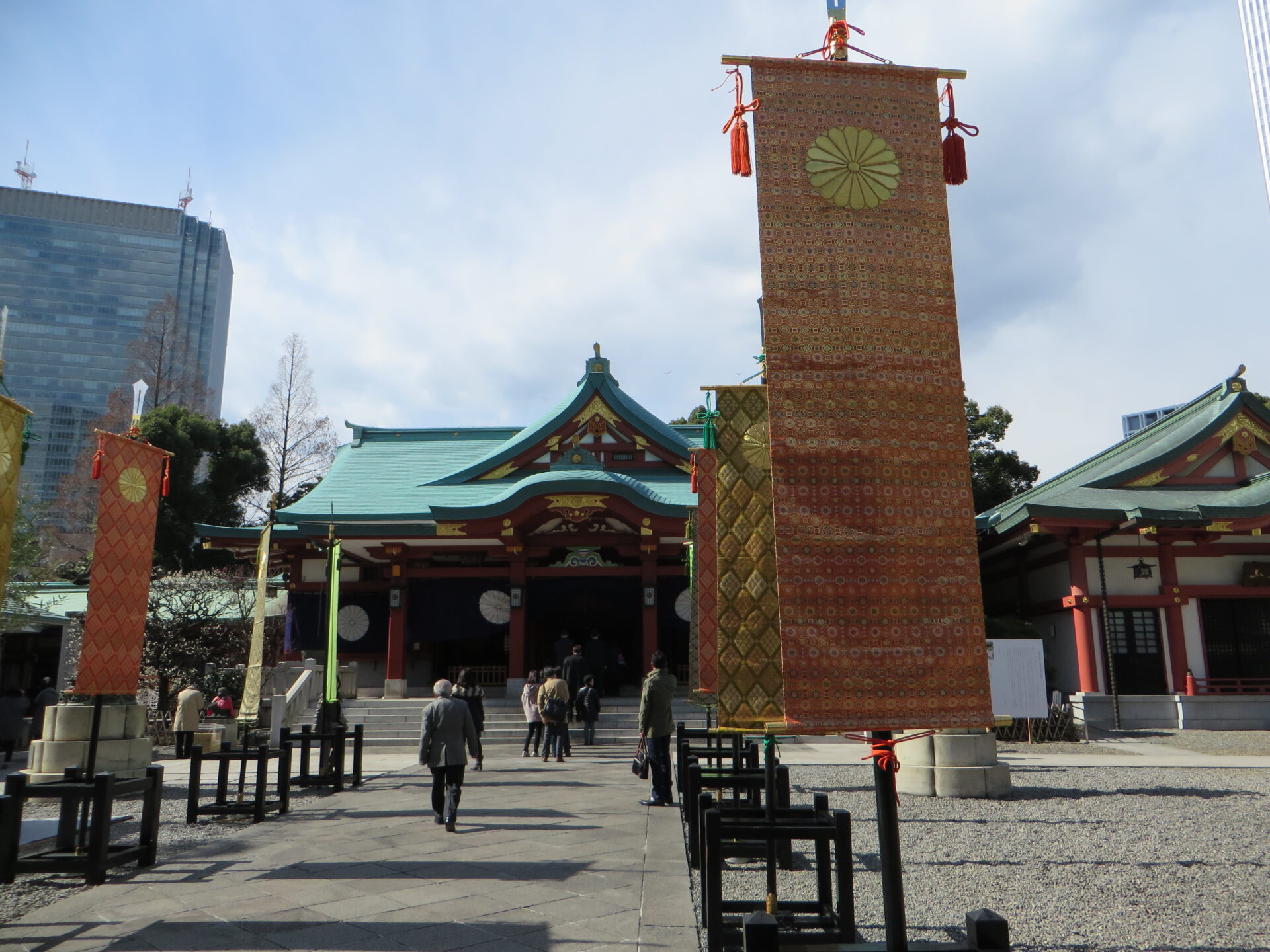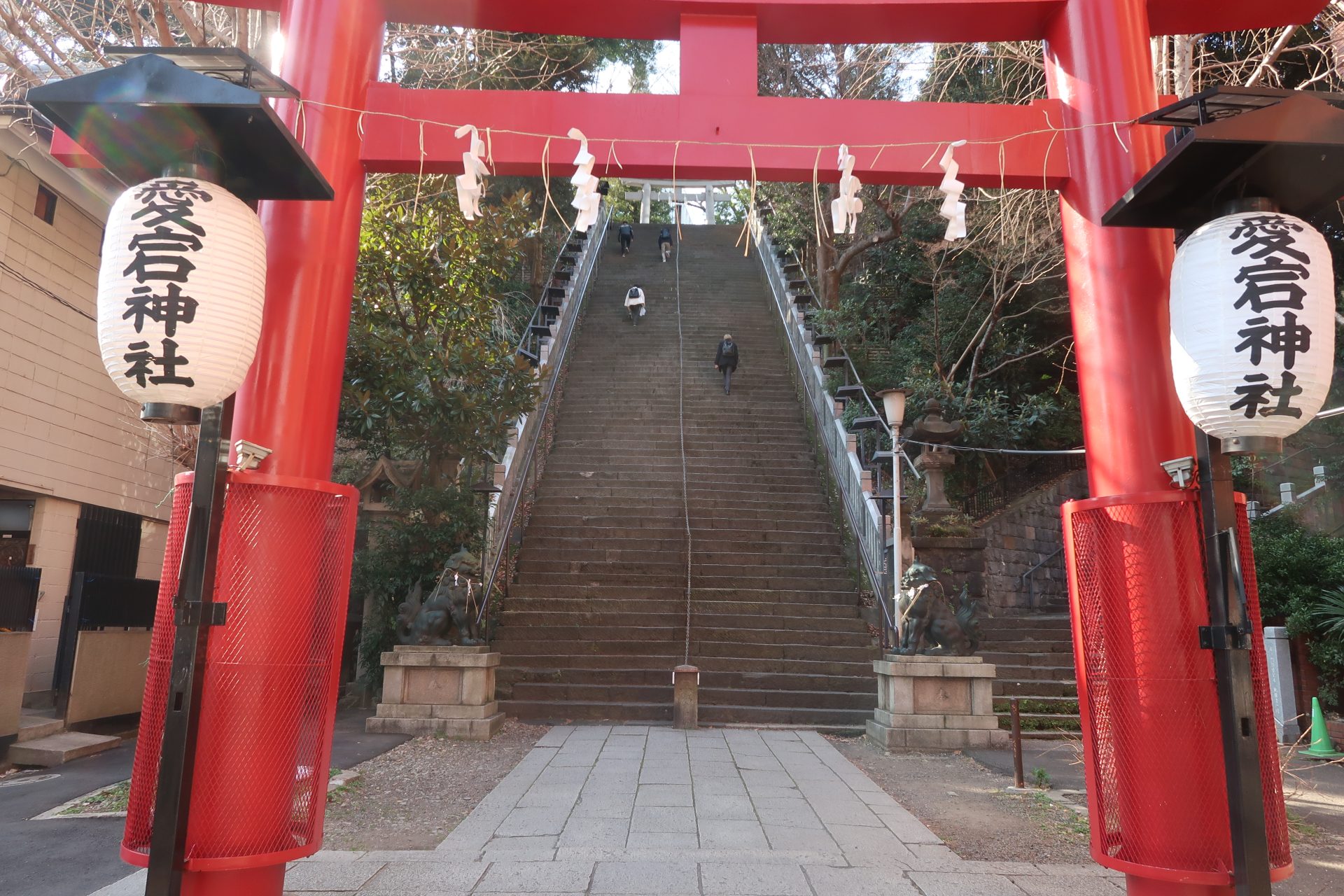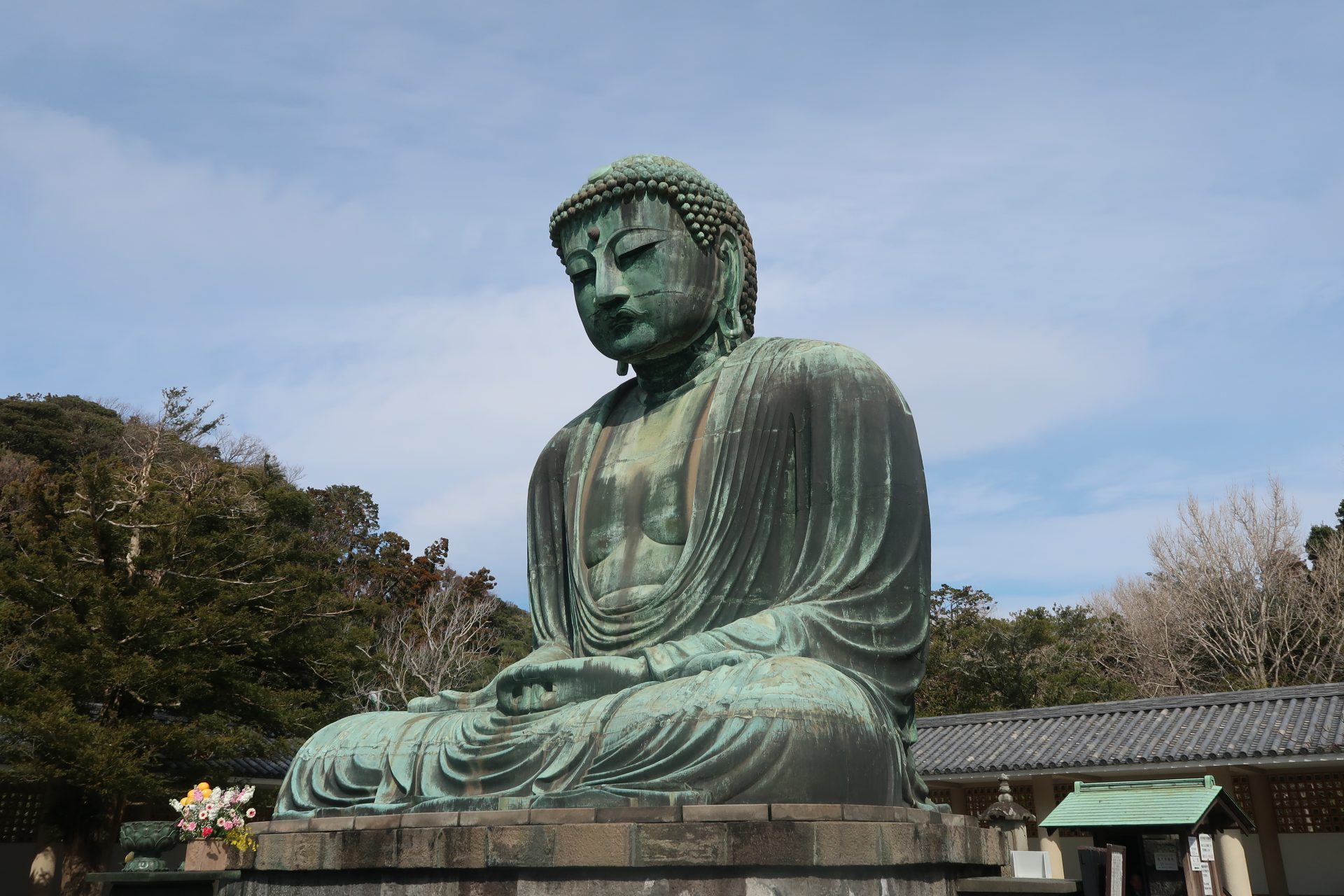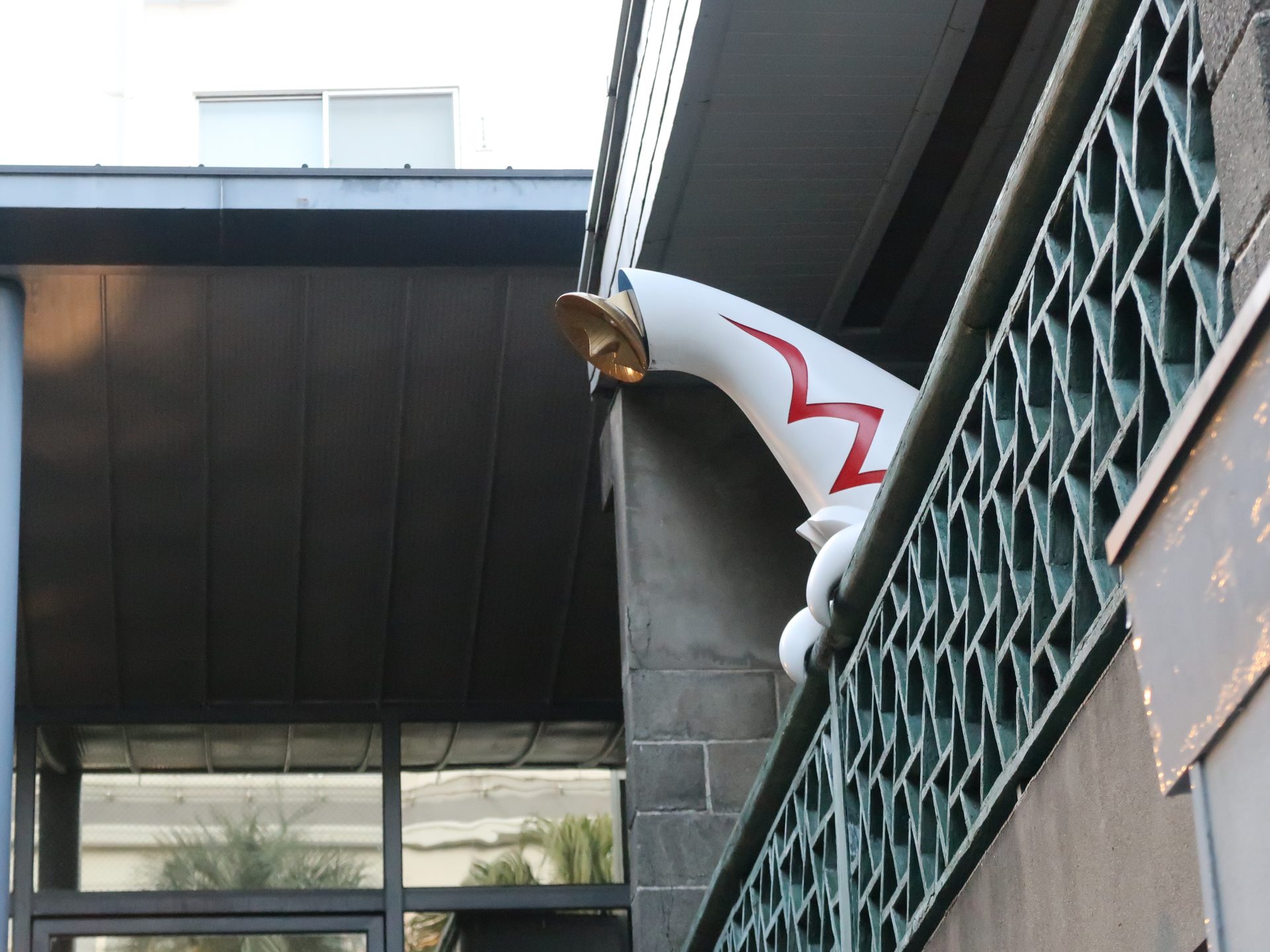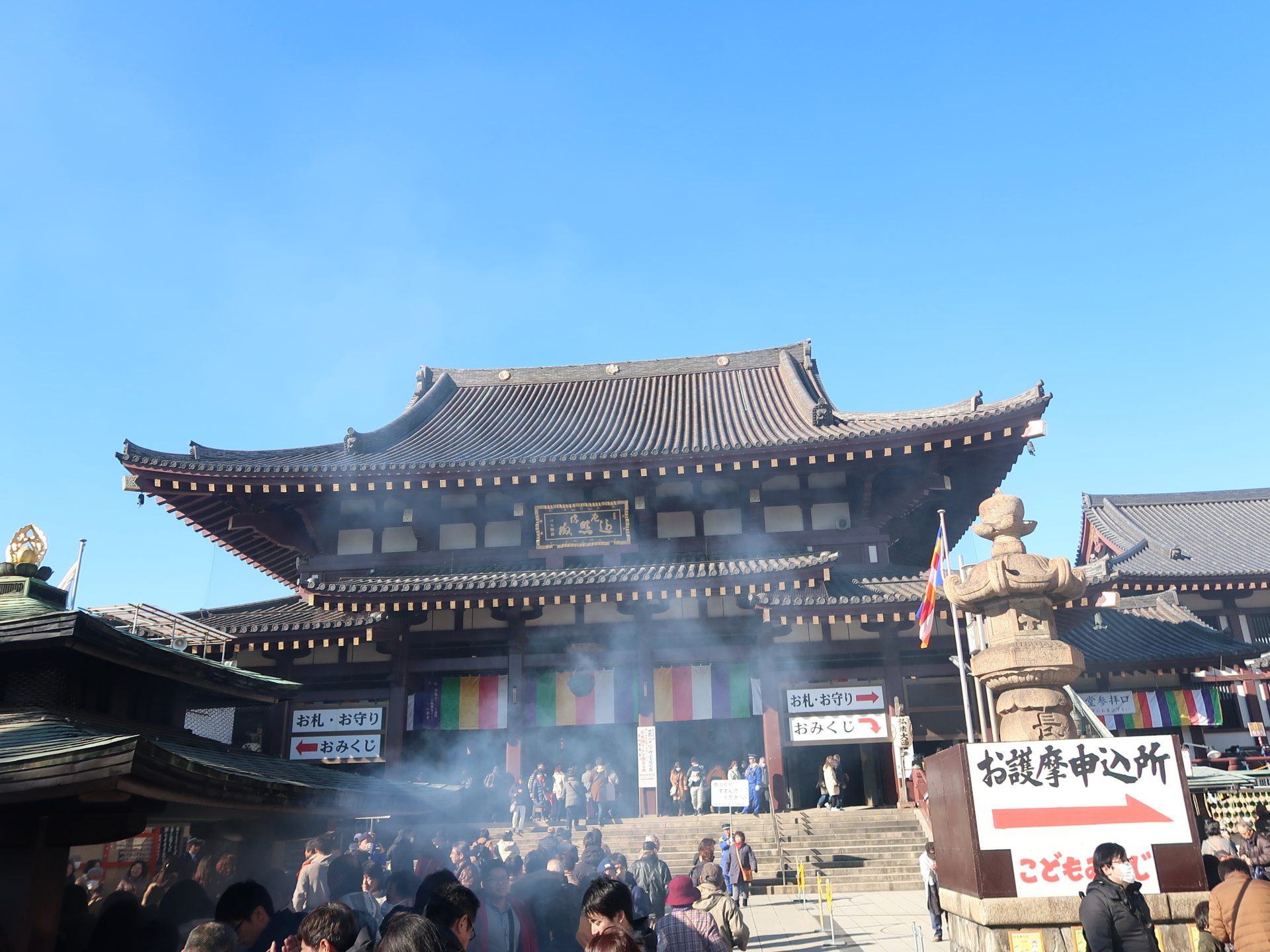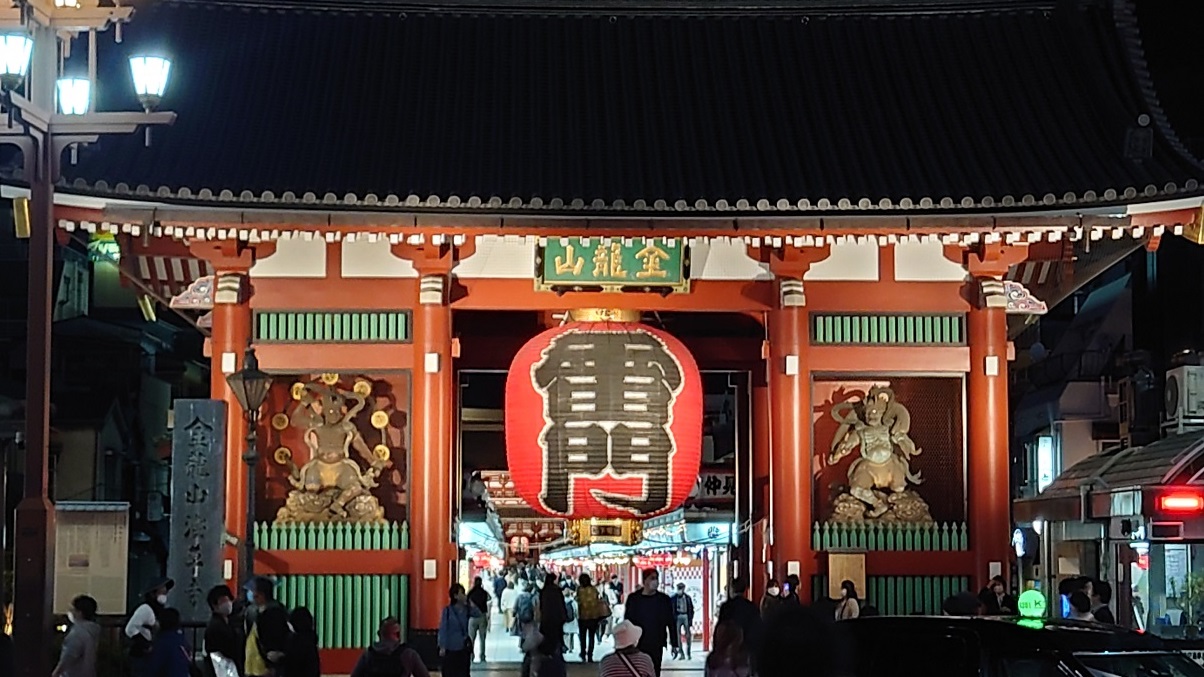Overview: Sensō-ji is an ancient Buddhist temple located in Asakusa, Tokyo, Japan. It is Tokyo’s oldest temple, and one of its most significant. According to legend, a statue of the Kannon was found in the Sumida River in 628 by two fishermen, the brothers Hinokuma Hamanari and Hinokuma Takenari. The chief of their village, Hajino Nakamoto, recognized the sanctity of the statue and enshrined it by remodeling his own house into a small temple in Asakusa so that the villagers could worship Kannon.
Name: Kinryuzan Senso-ji
Place: 2-3-1 Asakusa, Taito-ku, Tokyo
Admmision : free
Foundation: March 18, 628
School: Syoukannon (Tendai)
Principal Image: Avalokitesvara Bodhisattva (Sho Kanzeon Bosatsu) (Not open for viewing)
Disclosed Statue: A statue of Avalokitesvara Bodhisattva (Sho Kanzeon Bosatsu) sculpted by Ennin
Founded by: Priest Shokai (Date of birth and death unknown)
Festival: Setsubun (Spring Celebration) (around Feb.3), Honzon Jigen-e(Celebration of the Appearance of the Bodhisattva Kannon) (March 18), Hana Matsuri(Celebration of Buddha’s Birthday)(Apr.8), Shiman-rokusen-nichi(Day Worth 46,000 Visits) (Jury9-10)
Official website: http://www.senso-ji.jp/english/
Wikipedia: https://en.wikipedia.org/wiki/Sens%C5%8D-ji

